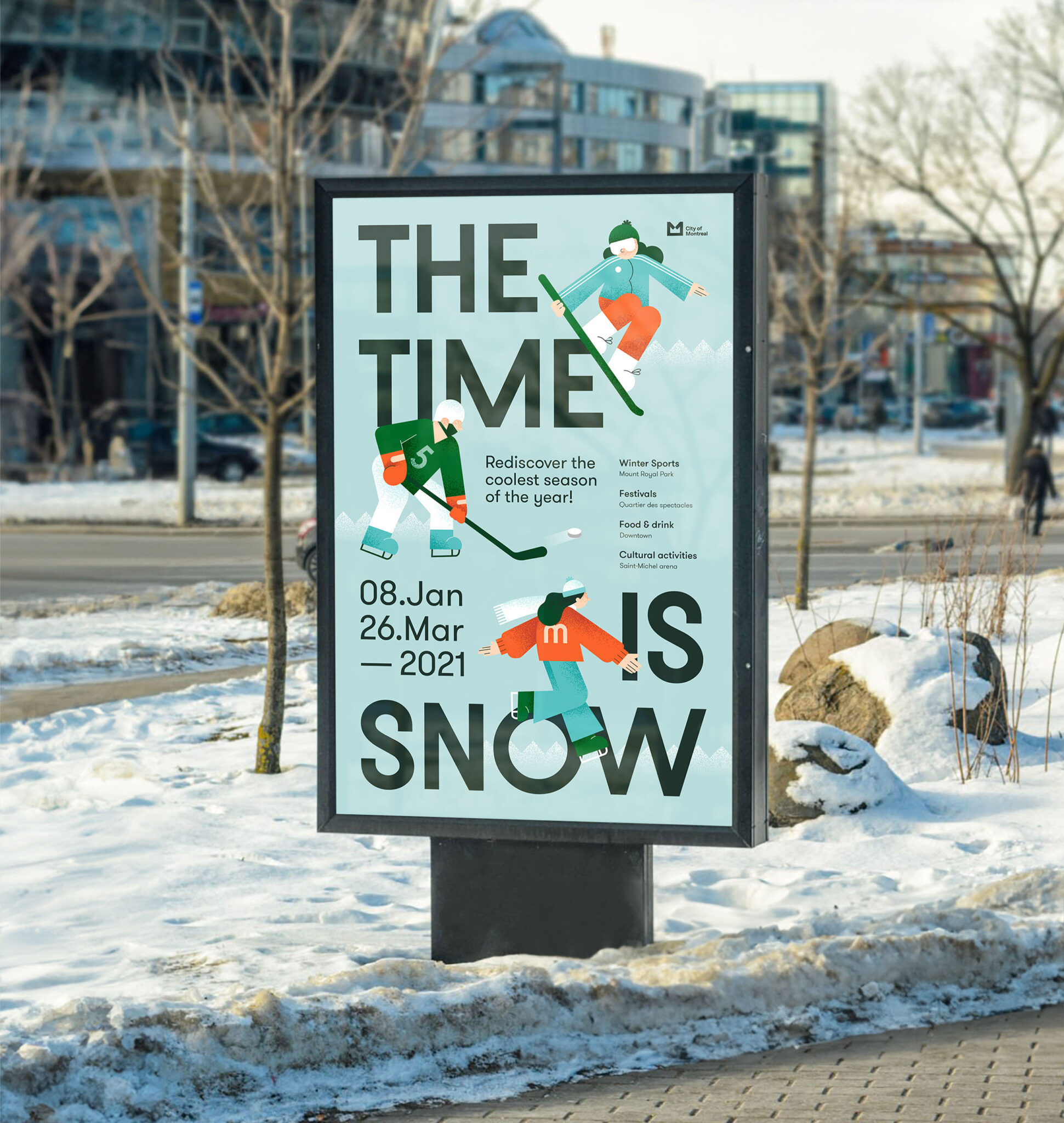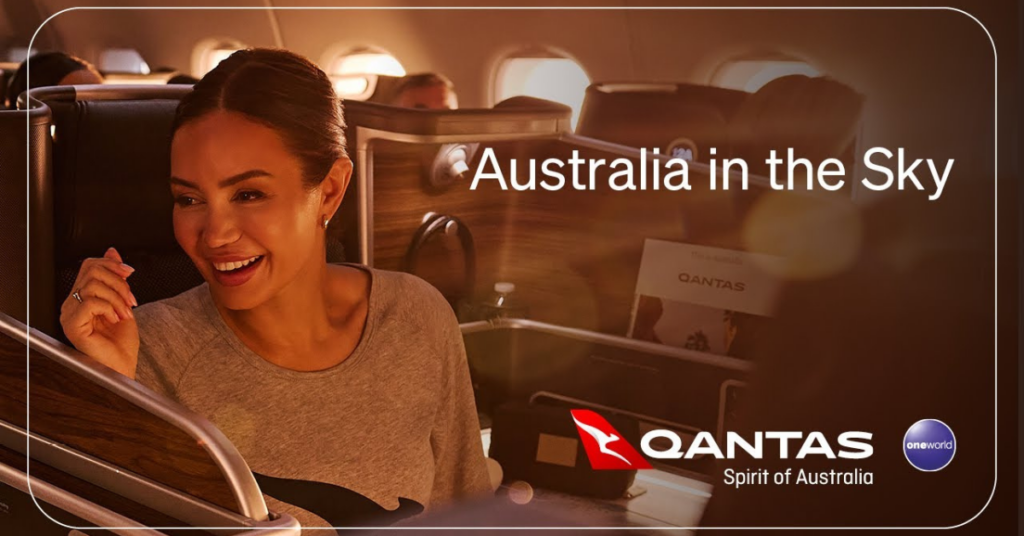The travel industry is witnessing a renaissance, a transformation driven by emerging trends that redefine the essence of exploration and discovery. For branding in this dynamic field, it is imperative to understand these shifts to devise strategies that resonate with contemporary travelers. Let’s delve into the fabric of current travel patterns, exploring insights to enhance destination branding in an era marked by novel preferences and behaviors.

Embracing the Gig-Tripper’s Journey
The concept of ‘gig-tripping’ has emerged as a compelling narrative in the travel saga. It encapsulates the quintessential fusion of passion for live music with the innate human desire to traverse new geographies. This trend is not merely about attending events, but the allure of destinations that offer a rich tapestry of cultural experiences, woven around the concert calendar. Marketers are presented with a unique opportunity to craft stories that align with the gig-tripper’s itinerary, positioning locales as stages for unforgettable memories.
Gig-tripping represents a shift in travel motivations, where the journey is meticulously planned around music events, often leading to international travel. It’s a trend that combines the excitement of live performances with exploring new cities, offering travelers a dual experience of entertainment and discovery. Marketers can tap into this trend by promoting their destinations as ideal gig-tripping spots, highlighting local music scenes, curating travel packages that cater to music enthusiasts, and collaborating with event organizers to create immersive experiences.
An excellent example of this trend is The ‘100% Pure New Zealand’ campaign, by New Zealand positioning the country as a destination offering a pure, untouched, and rejuvenating experience. Also, cities like Sydney and Melbourne in Australia embrace this trend for their branding especially when these two cities have become synonymous with Taylor Swift’s Eras tour phenomenon, attracting fans worldwide to experience her performance.
The Staycation Phenomenon
The ‘staycation’ trend has gained momentum, championing the idea of finding respite within one’s city or its vicinity. This inclination towards local exploration is a testament to the latent potential that lies in familiar surroundings. Marketers can leverage this trend by casting a spotlight on local attractions, transforming the familiar into the extraordinary. By doing so, they invite residents to view their locale through the lens of a tourist, uncovering splendors that often go unnoticed.
Staycations reflect a growing preference for convenience, affordability, and environmental consciousness in travel. They offer a holiday experience without the need for long-distance travel or excessive carbon footprint, appealing to those seeking quality experiences close to home. Marketers can capitalize on this trend by promoting local attractions, unique accommodations, and curated experiences catering to the staycation audience, emphasizing the ease, cost-effectiveness, and sustainability of enjoying a vacation within one’s city or region.
An example of this trend is the destination branding strategies adopted by Baltimore with its tagline ‘Your people are here’ and New York City with ‘See Your City’ which encourage locals to explore backyardDanville are all examples of destinations making use of this trend wisely for their destination branding.
The Slow Travel Movement
Slow travel advocates for a measured approach to voyaging, where the journey itself is as significant as the destination. It encourages travelers to immerse themselves in the environment, fostering a deeper connection with the place and its people. For destination branding, this translates to narratives that emphasize authenticity and sustainability. It’s about curating experiences that allow travelers to absorb the essence of a place, crafting a brand that stands for meaningful and responsible tourism.

Slow travel is about forming genuine connections with local people, cultures, food, music, and traditions, emphasizing education and emotional impact while remaining sustainable for local communities and the environment. Marketers can embrace this movement by promoting immersive and authentic experiences that allow travelers to live like locals, engage with the destination on a deeper level, and gain a profound understanding of the culture and way of life. This approach aligns with the growing desire for mindful and purposeful travel experiences.

The campaigns launched by destinations like Montréal, Minnesota, and British Columbia to attract visitors seeking authentic experiences that reflect their modern identities can be considered part and parcel of this trend.
Shaping the Future of Destination Experiences
Destination branding stands poised to embark on a transformative journey, where innovation, personalization, authenticity, and sustainability converge. The harmonious blend of these trends promises to captivate the hearts and minds of travelers worldwide, forging deeper connections and crafting unforgettable experiences. A constellation of trends is taking shape while going for destination branding which is redefining the landscape of travel marketing such as the following:
The digital frontier is expanding, and augmented reality (AR) and virtual reality (VR) are leading the charge. These cutting-edge technologies are revolutionizing marketing strategies, allowing potential travelers to embark on immersive journeys before ever leaving their homes. Travel brands are harnessing the power of AR and VR to offer captivating tours, transporting customers to breathtaking destinations with a mere tap or click.

Personalization is no longer a luxury but an expectation. The one-size-fits-all approach has been relegated to the annals of history. Through the lens of data analytics, companies are tailoring experiences to individual preferences, fostering stronger customer loyalty, and elevating satisfaction to new heights. Emotional engagement, the economic and social value proposition of branding, and the ability to deliver authentic, personalized experiences have become the new benchmarks.
Authenticity reigns supreme, and user-generated content (UGC) is the crown jewel. Travelers crave genuine, relatable experiences, and what better way to deliver than through the voices of their peers? UGC provides a cost-effective marketing tool that fosters a sense of community while reducing the need for expensive campaigns. Authenticity, inclusivity, diversity, and community-centric narratives remain at the core of contemporary destination branding efforts. Unpolished, genuine content resonates deeply, fostering profound connections between travelers and their chosen destinations.
The influencer phenomenon shows no signs of waning. It’s evolving, with micro-influencers taking center stage. These niche tastemakers wield authentic connections with their engaged audiences, making them invaluable partners for travel brands seeking to tap into targeted markets.

Eco-tourism is more than just a passing fancy. It’s a paradigm shift. Conscious consumers, especially younger generations, are demanding sustainable travel options that minimize their ecological footprint. Marketing efforts are pivoting to align with this green wave, leveraging platforms and content styles that resonate with eco-conscious audiences.
The harmonious blend of these trends promises to captivate the hearts and minds of travelers worldwide, forging deeper connections and crafting unforgettable experiences. While challenges such as over-tourism, safety concerns, and evolving consumer behaviors are catalyzing innovative solutions within the industry. Destinations must adapt with agility, crafting strategies that can navigate these complex terrains.
The Big Picture
The travel industry’s landscape is continually evolving, shaped by the preferences of a new generation of travelers. For marketers, staying abreast of these trends is crucial in developing effective destination branding strategies. By embracing the narratives of gig-tripping, staycations, and slow travel, destinations can position themselves as not just places to visit but realms to experience, engage with, and cherish. These trends offer a roadmap for marketers to create destination brands that resonate with modern travelers’ desires for unique, authentic, and memorable experiences. By understanding and integrating these trends into branding strategies, destinations can differentiate themselves and attract travelers looking for more than just a vacation—they’re seeking a journey that speaks to their passions and values.
Also Read: Record Travel Confidence in 2024: Where Americans are Headed This Summer?



